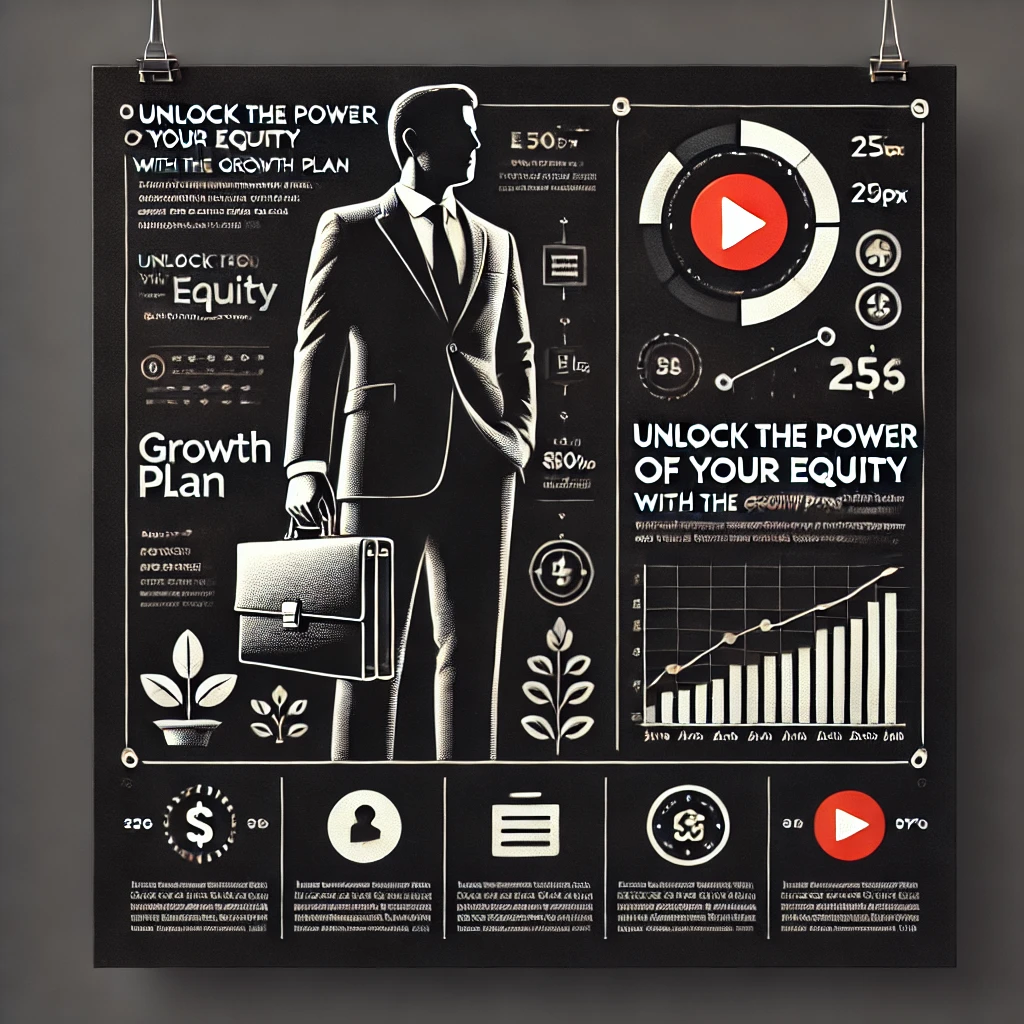Mortgage rates have been a key focus in the real estate market for months now, with the ever-changing financial landscape leaving homeowners, investors, and buyers alike wondering when the tide will turn. As rates hover near historical highs, experts are closely monitoring one crucial threshold: a 5.5% mortgage rate. For many, this rate could represent a market catalyst, sparking renewed interest in buying and investment opportunities.
Why 5.5% Matters
For both homebuyers and investors, the 5.5% rate is more than just a number—it’s a critical marker. Mortgage rates below this figure have historically led to a surge in real estate activity. Homebuyers find that they can afford larger or more expensive homes due to lower monthly payments, while real estate investors can see improved profitability on rental properties or house flips.
This magic number also plays into broader market psychology. Prospective buyers who have been priced out of the market or holding off on making a decision may view a sub-5.5% rate as the green light to act. The same is true for real estate investors looking to refinance, expand their portfolios, or capitalize on lower borrowing costs.
The Current Market Climate
At present, mortgage rates remain above this key threshold, making homeownership more expensive. According to recent industry data, rates for 30-year fixed mortgages are still trending around 7%, significantly higher than in previous years. The result? A slowdown in home purchases, with many potential buyers delaying their decisions in the hopes that rates will drop.
This rise in rates has hit both ends of the market. First-time buyers are finding it increasingly difficult to afford even entry-level homes, while seasoned investors are being more cautious about new acquisitions, concerned about whether rental income will cover higher mortgage payments.
How Rising Rates Impact Real Estate Equity
Higher mortgage rates are also affecting current homeowners—especially those who have built up significant equity in their homes. However, this equity can be turned into an opportunity with the right strategy. For example, savvy investors are now turning to financial products that allow them to tap into their home’s equity while protecting their long-term financial growth.
One such strategy involves leveraging home equity to invest in growth plans that offer both interest earnings and tax advantages. These plans are specifically designed to help individuals grow their wealth, even in a high-interest-rate environment, by reinvesting home equity into more dynamic financial vehicles.

Opportunities for Investors
Even with rates on the higher end, there are ways for real estate investors to find success. For example, cash-flow properties in key markets still hold potential. Investors can offset higher borrowing costs by identifying undervalued properties with rental upside or investing in markets with rising demand for rental housing.
Additionally, those with significant equity in their properties can explore alternative investment strategies, such as diversifying into indexed growth plans or other interest-bearing products that may offer higher returns compared to leaving equity tied up in real estate alone. These strategies help to preserve and grow wealth while minimizing exposure to the volatility of the real estate market.
The Road Ahead
So, what does the future hold for mortgage rates? While it’s impossible to predict the exact path, some analysts suggest that rates could begin to decline over the next year if inflation moderates and economic growth stabilizes. In such a case, we could see rates falling back below the 5.5% magic number, bringing new momentum to the real estate market.
For homebuyers and investors waiting for this shift, patience may be key. However, for those willing to take strategic risks, now might be the time to lock in opportunities before the market becomes more competitive.
Investment Strategies for a High Mortgage Rate Environment
For real estate investors, higher mortgage rates can be a barrier, but they also present opportunities for those willing to adapt. One key strategy is focusing on cash-flow properties in markets where rental demand is high. By finding undervalued properties or investing in areas where rental markets are growing, investors can offset higher borrowing costs with rental income. Additionally, refinancing options or adjustable-rate mortgages (ARMs) might provide short-term flexibility in financing.
The Economic Outlook for Mortgage Rates and Real Estate
Analysts currently suggest that rates may drop if inflation cools and the economy stabilizes, potentially bringing them below the 5.5% threshold. However, there’s also the possibility of rates remaining high if inflation proves more stubborn or if global economic uncertainties continue.
Exploring both optimistic and conservative scenarios would give readers a well-rounded understanding of the market’s potential future, equipping them with the knowledge to make informed decisions about when to buy, invest, or refinance.
More from around the web
- Fortune – The pivotal magic number mortgage rates need to hit
Explore the insights behind the critical mortgage rate that could reshape the housing market. - Forbes – How mortgage rates affect the housing market
A deep dive into how rising mortgage rates influence housing affordability and investment decisions. - The Wall Street Journal – Mortgage rates and their impact on homeownership
Analysis of current mortgage trends and what they mean for real estate investors and homeowners. - Bloomberg – Real estate investment tips for a high-interest environment
Discover investment opportunities and strategies to navigate high-interest rate conditions in the real estate market.

I’m your trusted professional in investment and insurance, and with a deep understanding of the financial world.

